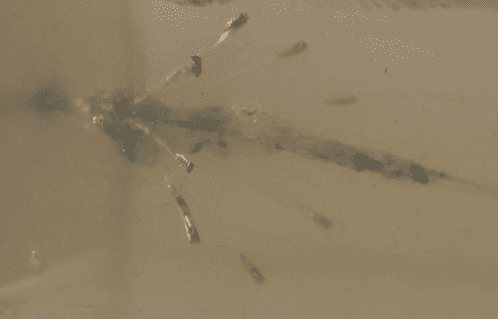Physics of Bullet Damage
Homepage
Bullets
Rifling
Internals
Damage
Bibliography
| Getting shot is bad, bullets tend to do a
lot of damage even though they are extremely light
(usually about 0.007kg). This is due to the amount of
momentum and high speeds the bullet obtains. Looking at
momentum, p=mv, we can see that even if 0.007kg was
plugged in the momentum of the collision would be extreme
because an average round will travel at 25,000Km/H. As you
can see to your right this is an example of a entrance and
exit hole which shows that the bullet tries to dump as
much energy as possible in the object. The picture to the
right illustrates the internal forces of the concrete
coming apart due to the amount of energy applied which
overpowers the concrete. Link to Picture Here |
 |
| If you want your bullet to do the most
damage, then you need to remember the equation
KE=(1/2)mv^2. This equation is important because it shows
the immense amount of energy a bullet can obtain. As you
can see from the equation, kinetic energy is directly
proportional to velocity squared, thus if you went twice
as fast, you'd have four times the amount of energy. Going
back to the damage part imagine you were shooting gelatin
dummies, you would want hollow point rounds because they
almost guarantee a kill. This is because once the bullet
enters the object it breaks apart (seen to the right)
thus, creating a large surface area. This means it has a
low chance of coming out of the dummy and can do the most
amount of damage possible because it dumped all of its
energy into the object instead of shedding a good portion
going through it. |
 |